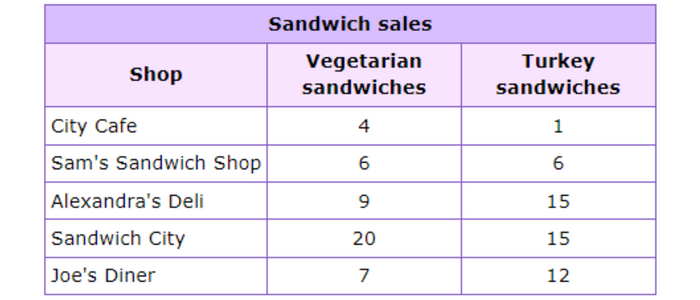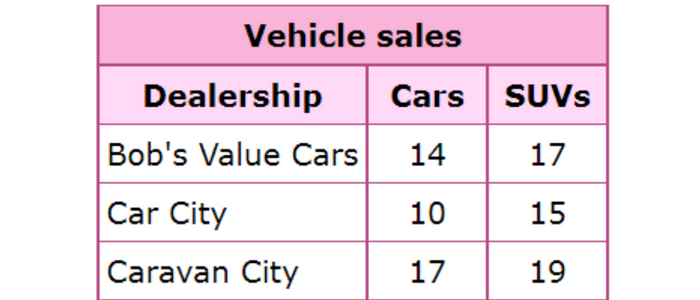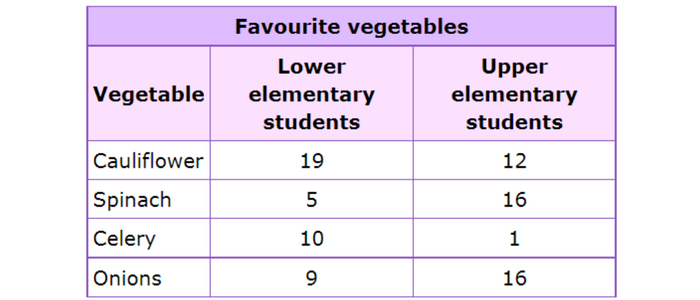Read a table
key notes :
Understanding Tables
- A table organizes data into rows and columns for easy comparison.
- Each column has a heading that describes the type of data it contains.
Reading Rows and Columns
- Columns run vertically (up and down), while rows run horizontally (left to right).
- Look at the intersection of a row and column to find specific information.
Interpreting Data
- Identify the title of the table to understand what information is being presented.
- Read the headings carefully to know what each column represents.
- Check the units of measurement (e.g., kg, cm, dollars) if applicable.
Comparing Information
- Look for patterns or trends by comparing numbers or values in different rows or columns.
- Use addition, subtraction, or other operations if needed to analyze data.
Answering Questions Based on a Table
- Use the table to find specific answers instead of guessing.
- Follow step-by-step: find the correct column, then look at the right row to locate the answer.
Using Tables in Real Life
- Tables are used in school timetables, bus schedules, weather reports, and sports scoreboards.
Learn with an example
⚫ As part of a project for health class, Alana surveyed local delis about the kinds of sandwiches sold.

How many more sandwiches did Sandwich City sell than City Cafe?
______ sandwiches
Add the numbers in the Sandwich City row. Then, add the numbers in the City Cafe row.
Sandwich City: 20 + 15 = 35
City Cafe: 4 + 1 = 5
Now subtract:
35 − 5 = 30
Sandwich City sold 30 more sandwiches than City Cafe.
⚫ An auto manufacturer tracked the number of vehicles sold by each of its dealerships.

How many more SUVs did Caravan City sell than Bob’s Value Cars?
_____ SUVs
Find the SUVs column. Find the numbers in this column for Caravan City and Bob’s Value Cars.
Caravan City: 19
Bob’s Value Cars: 17
Now subtract:
19 − 17 = 2
Caravan City sold 2 more SUVs than Bob’s Value Cars.
⚫ Danville Primary School polled its students about their favourite vegetables in order to decide which ones to plant in the new school garden.

Did fewer students vote for spinach or cauliflower?
- cauliflower
- spinach
Add the numbers in the Spinach row. Then, add the numbers in the Cauliflower row.
spinach: 5 + 16 = 21
cauliflower: 19 + 12 = 31
21 is less than 31. Fewer students voted for spinach.
Let’s practice!🖊️

